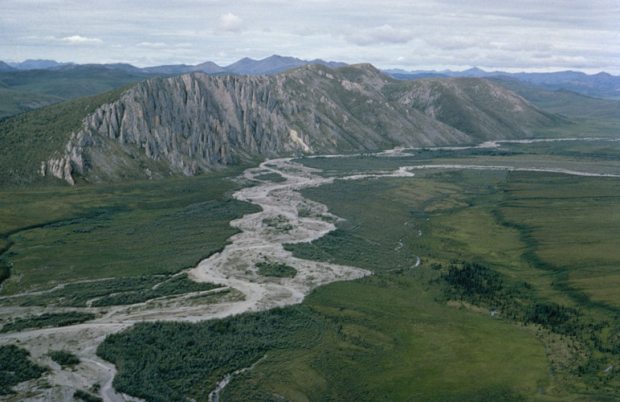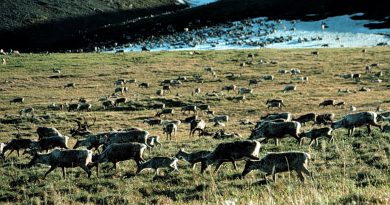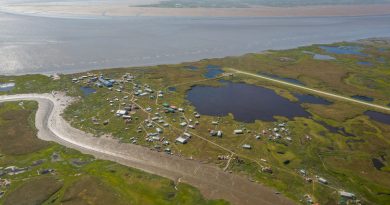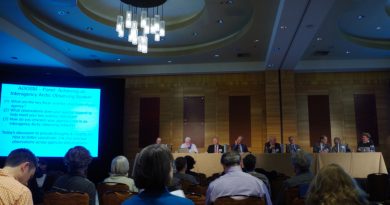Arctic shrubs to spread amid climate change
A new study suggests the shift in Arctic vegetation due to climate change is underestimated. The study’s lead author used a new method of computer analysis and determined tree and shrub cover in the far north, including woody shrubs in Alaska, will spread faster than previously expected.
Richard Pearson, a research scientist at the American Museum of Natural History and the lead of author of the study, finds that the changes in vegetation distributions will accelerate climate change and cause greater warming, which in turn will affect the region’s wildlife.
Pearson’s study predicts “woody cover” will increase up to 52 percent by the 2050s. Trees and shrubs once blanketed with snow will emerge from under cover and more heat will be absorbed rather than reflected,the Cornell Chronicle reported, summarizing the study’s findings.
Woody shrubs will overrun grasses in Alaska, the Cornell University publication reported, while tree growth will expand hundreds of miles in Siberia. The displaced vegetation will have no room to move farther north, so Alaska’s northern habitat as it exists now could disappear, along with birds and other animals that depend on them. Also, the new habitat will accumulate more water vapor, which acts a greenhouse gas, according to the study.
“Such widespread redistribution of Arctic vegetation would have impacts that reverberate through the global ecosystem,” Pearson told the Cornell Chronicle.
The study’s findings are in opposition to a Cambridge University study released about a year ago. That study indicated the advance of the treeline in the region was moving slower than previously predicted. Gareth Rees, the study’s author, noted the relationship between tree growth and climate change was more complicated than initially thought. Her study examined various conditions, like suitable soil, the absence of animals that destroy saplings and trees’ ability to produce viable seeds.
Pearson worked with scientists at Woods Hole Research Center in Massachusetts; they had access to researchers at the Cornell Institute for Computational Sustainability, which ultimately ran the analysis.
The researchers fed data on how vegetation changed from 1950 to 2010 in response to global warming. A computer juggled up to half a million variables and learned how the distribution of vegetation correlates with climate, then used projections of future climate to compute the study’s findings, the Cornell Chronicle reported. Previous predictions were based on computer simulations of biological processes of plant growth in response to changes in temperature.




